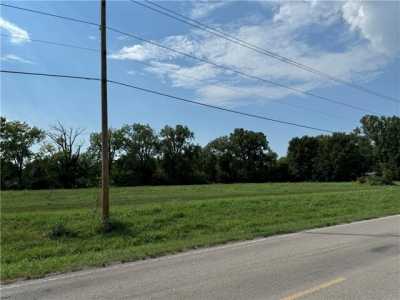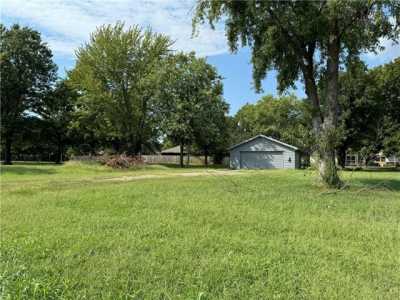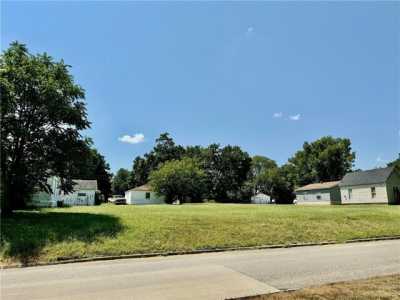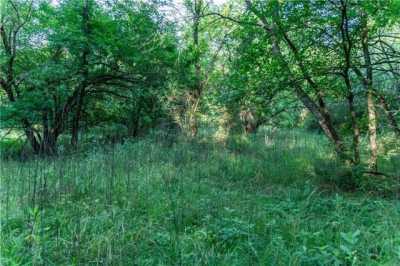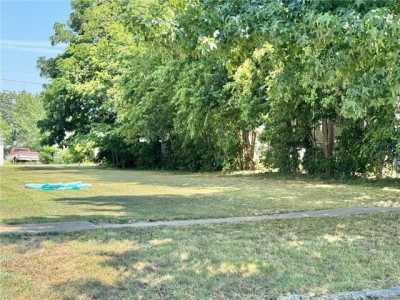Residential Land For Sale
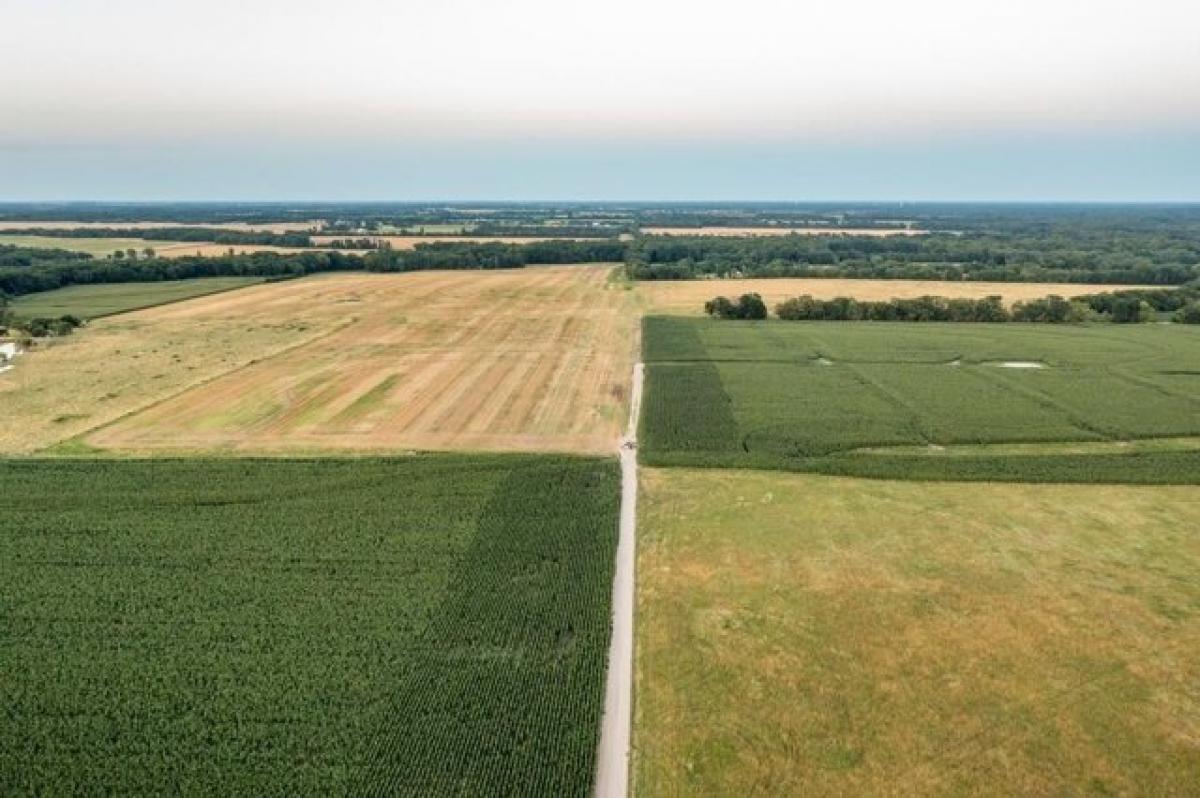
$2,243,000
00000 26000 Rd
Parsons, Kansas, United States
Listed By: Realtyww Info
Listed On: 07/27/2025
Listing ID: GL11847366 View More Details
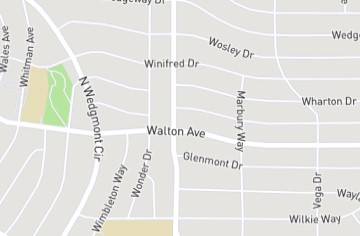
Description
This 470 +/- acre farm has been in the OBrien family for four generations and January 30, 2024 marked the 140th anniversary of the 1884 purchase. Farms of this size with all contiguous land that have been well-maintained for almost a century and a half rarely come up for sale. The owner has recently retired and is looking for a party that appreciates the values of family farming and long-term stewardship of the land and its many elements to carry forward. The OBrien family farm is a mixed-use operation, raising cash-grain crops (corn, wheat, and soybeans raised on 283 +/- cropland acres), cattle (two pastures totaling 79 +/- acres), three virgin prairie hay meadows (59 +/- acres, undisturbed from frontier homesteading times in the 1860s), natural gas production, logging, along with hunting and fishing activities. The current operation of the farm involves sharecropping the cash-grain crops and haying operation, cash rental of the two pastures to the sharecropping partners, and natural gas production. The farm also supports occasional logging activities that harvest trees along the Little Labette Creek that runs through the northeast part of the farm. Over the past five years, the average profit generated for the sharecropping partnership and related operations has been over $110, 000/year with about 1/3 of this profit going to the owner and 2/3 going to the farm operator. Soil conservation has been a priority on this farm going back to the 1930s when Edward E. OBrien and his brother John began building terraces on the farm, supported by the Soil Conservation Act of President Franklin Roosevelt. At present, there are approximately 9.2 miles of terraces on the farm and six waterways that run for 1.06 miles. Ed and John OBrien won several soil conservation awards in the 1930s and 1940s for their efforts in building and maintaining terraces and waterways on the OBrien farm along with other soil conservation practices. These terraces and waterways have done a remarkable job over the past 90 years in preserving the quality of the farmland. Regular maintenance of these terraces that were built in the 1930s has been a priority of the farm management over the past 25 years. Soil conservation has been a priority on this farm for the four generations of OBrien family ownership. The USDA Farm Services Agency identifies the size of the farm as 471.96 +/- acres with 282.97 +/- of these acres being identified as cropland (60% of the entire acreage). The cropland typically produces corn, wheat, and soybeans. Crops are rotated such that in any given year approximately half of the cropland is raising wheat, followed by soybeans (double-cropped) and half is raising corn. The following year each field is rotated to raise the alternate crop. All of the crop farming follows a no-till approach where nothing is done to the fields after the harvest until it is time to plant the following rotated crop. This no-till approach helps preserve moisture in the fields, promotes diverse soil biomass, and reduces soil erosion. Soil types of Dennis, Bates, and Parsons, considered Class II and Class III make up the foundation of the acres. Two pastures (35 +/- and 45 +/- acres in size) make up the second element of the farm. Together, these two pastures accommodate approximately 60 head of cattle. Each pasture has a large pond that has remained serviceable even in the most severe recent drought conditions. The pond in the north pasture is particularly resilient as it has a depth of 14 feet and holds approximately 1 million gallons of water. Pastures are well maintained with brush being managed and cut back on a regular basis. Virgin prairie hay meadows make up a third element of the farm. These meadows have never been plowed and retain the legacy of the prairie grass that was a pre-eminent feature of this part of the Midwest when settlers first began homesteading in the area. Request for proposal will be included with all and any offers.For more details:
Listed by: Brenda Doudican


